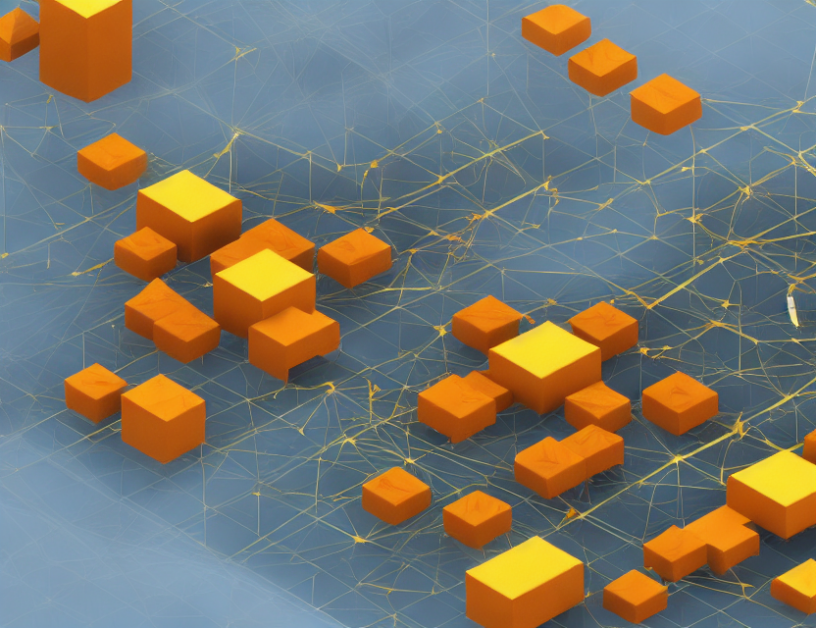Towards Efficient Time Stepping for Numerical Shape Correspondence
Introduction
Numerical shape correspondence is a fundamental problem in computer vision, which involves finding corresponding points between two shapes. The problem is particularly challenging when the shapes are deforming over time, and the correspondence needs to be established efficiently to support real-time applications. In this article, we propose a novel approach towards efficient time stepping for numerical shape correspondence, leveraging techniques from model order reduction and heat diffusion.
Model Order Reduction
Model order reduction is a technique used to simplify complex dynamical systems by approximating the system’s behavior using a lower-order model. In the context of numerical shape correspondence, we use model order reduction to reduce the complexity of the deformation field, allowing for faster and more efficient computation of correspondences.
Heat Diffusion
Heat diffusion is a mathematical tool used to study the spreading of heat in a medium. In the context of numerical shape correspondence, we use heat diffusion to establish correspondences between shapes by simulating the spreading of "heat" across the shapes. By analyzing the patterns of heat diffusion, we can identify corresponding points between the shapes.
Efficient Time Stepping
Efficient time stepping is crucial for real-time applications of numerical shape correspondence. We propose a novel approach that combines the efficiency of model order reduction with the accuracy of heat diffusion to establish correspondences efficiently over time. Our approach allows for fast computation of correspondences while maintaining their accuracy, making it suitable for real-time applications.
Conclusion
In summary, we proposed an efficient approach towards numerical shape correspondence that leverages model order reduction and heat diffusion. Our approach combines the efficiency of model order reduction with the accuracy of heat diffusion to establish correspondences efficiently over time. The proposed method has important implications for real-time applications of numerical shape correspondence, such as robotics, computer animation, and medical imaging.



